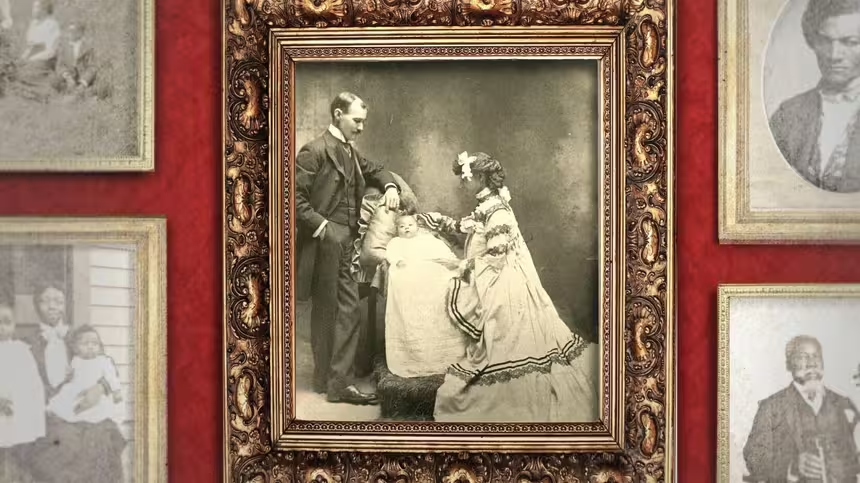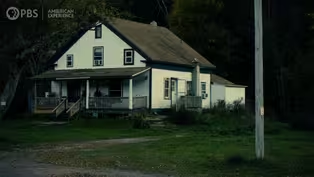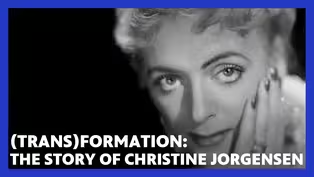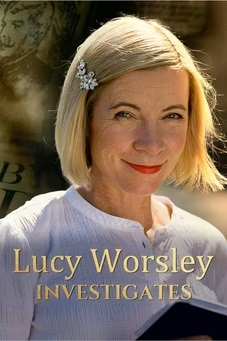
Trailer | Casa Susanna
Preview: Season 35 Episode 6 | 2m 10sVideo has Closed Captions
Casa Susanna was a refuge for transgender women and cross-dressing men in the 1950s-60s.
In the 1950s and ’60s, an underground network of transgender women and cross-dressing men found refuge at a house in the Catskills region of New York. Known as Casa Susanna, the house provided a safe place to express their true selves.
Problems playing video? | Closed Captioning Feedback
Problems playing video? | Closed Captioning Feedback
Corporate sponsorship for American Experience is provided by Liberty Mutual Insurance and Carlisle Companies. Major funding by the Alfred P. Sloan Foundation.

Trailer | Casa Susanna
Preview: Season 35 Episode 6 | 2m 10sVideo has Closed Captions
In the 1950s and ’60s, an underground network of transgender women and cross-dressing men found refuge at a house in the Catskills region of New York. Known as Casa Susanna, the house provided a safe place to express their true selves.
Problems playing video? | Closed Captioning Feedback
How to Watch American Experience
American Experience is available to stream on pbs.org and the free PBS App, available on iPhone, Apple TV, Android TV, Android smartphones, Amazon Fire TV, Amazon Fire Tablet, Roku, Samsung Smart TV, and Vizio.
Buy Now

When is a photo an act of resistance?
For families that just decades earlier were torn apart by chattel slavery, being photographed together was proof of their resilience.Providing Support for PBS.org
Learn Moreabout PBS online sponsorshipNow for reasons which will become very clear, we're going to use first names only.
Would you please introduce yourselves?
Misty.
Vicky.
Sonia.
Simone.
Misty, what do you do?
I'’’m a bank teller.
And Vicky?
Cosmetician.
Sonia?
Hairdresser.
Window display.
Ladies and gentlemen, the reason for using first names only is that right now each one of them is breaking the law.
You see, each of our contestants is a man.
The times were middle fifties through sixties.
You know, if someone was perceived as being gay, it was a crime.
They were rolling the dice every time that they became their alter ego.
I was very isolated in Iowa, where literally you cannot talk to anyone about this at all.
I need to know more about myself.
I need to know what it would be like to live as a woman for an extended period.
Visiting Casa Susanna was almost a necessity for me.
The property was a beautiful place, very private.
It was magical.
Tito used to dress as a woman and become Susanna, and every Saturday night they'd throw a female impersonator show.
So, it became like the bed and breakfast of the cross-dressing community.
My mother drove my father to Casa Susanna every weekend of the summer.
My father believed that that was the greatest group of cross-dressers that ever gathered in the history of humanity.
This was so powerful for me and so important that I had to figure out a way to allow it to bloom.
I didn't want to be afraid.
I just loved it being here.
I had total freedom, total chance to be themselves for a change.
Video has Closed Captions
Clip: S35 Ep6 | 8m 52s | Watch a preview of Casa Susanna. (8m 52s)
Clip: S35 Ep6 | 4m 44s | What exactly is Drag? How did it find its way into the limelight? (4m 44s)
(Trans)formation: The Story of Christine Jorgensen
Video has Closed Captions
Clip: S35 Ep6 | 14m 57s | Christine Jorgensen was one of the first people to undergo gender affirmation surgery. (14m 57s)
A Transgender Icon on the Place She Felt Safest
Clip: S35 Ep6 | 1m 58s | The diary of a magical night at Casa Susanna. (1m 58s)
Providing Support for PBS.org
Learn Moreabout PBS online sponsorshipSupport for PBS provided by:
Corporate sponsorship for American Experience is provided by Liberty Mutual Insurance and Carlisle Companies. Major funding by the Alfred P. Sloan Foundation.





















